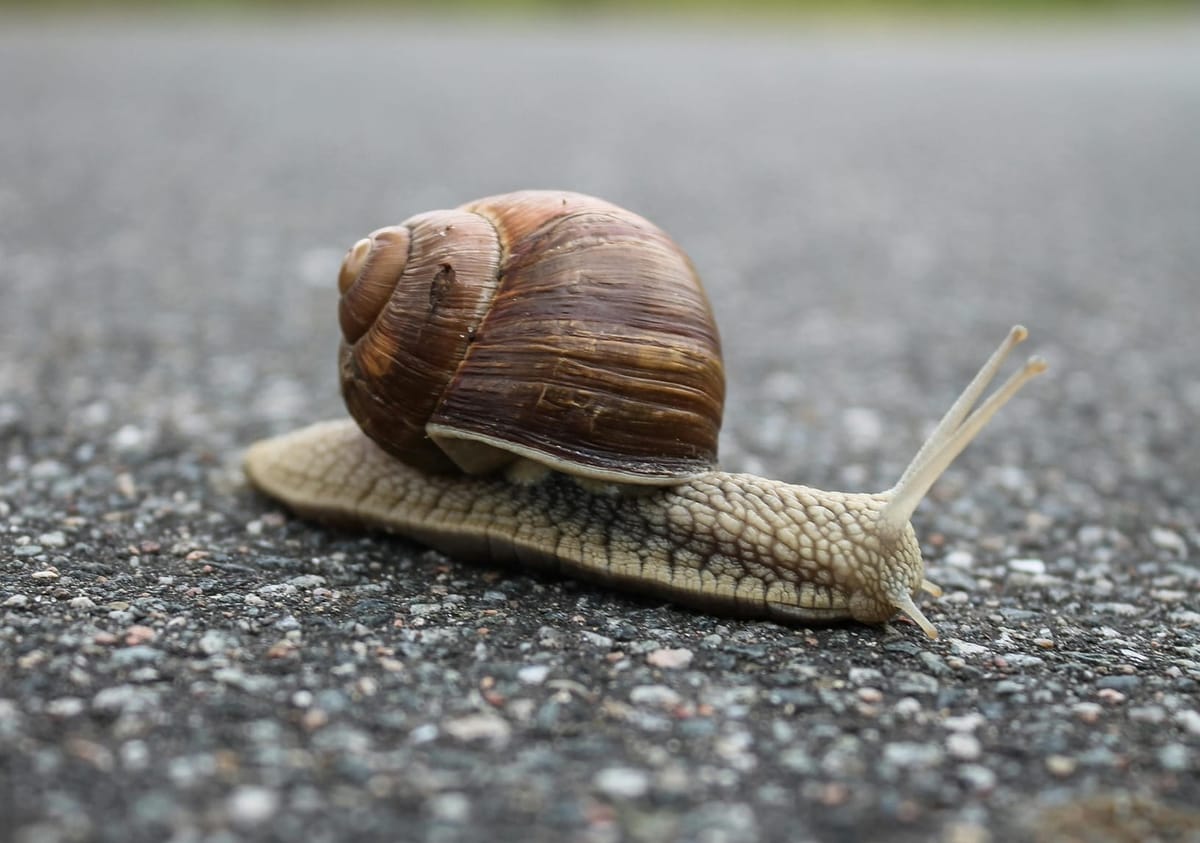In my opinion, the coolest robots are those for which their engineers took the smallest stretch of imagination — because the constructs were borrowed straight from nature. Animals, especially, provide an endless fount of creative ideas. In mid-May, researchers from the University of Bristol in the UK unveiled a swanky, macaron-sized automaton inspired by a creature that many people wouldn’t normally admire for its grace or gait: the humble snail.
Cumbersome and slow as it looks, snail locomotion is quite sophisticated. A snail secretes a mucus to lubricate the surface of wherever it treads, rippling its undersides to drive itself forward and continuously spread its slime, which also acts as an adhesive. In the 1980s, one Stanford University biologist, Mark W. Denny, purportedly wondered about the snail, “How can an animal with just one leg walk on glue?” Snails are also capable of acrobatic feats: Watch this lazy mollusk overstep a shallow dip rather than crawl through it — by standing on its tippy toes.
A snail taking a biiiiiiiiiig step
But before reaching for any calisthenics, the Bristol researchers homed into one of the fundamentals of snail locomotion, the mucus, to build a gravity-defying robot. The team’s device moves by “sliding suction;” water acts as both the lubricant and adhesive to the base of the robot, which is a suction cup. The resulting robot can scale walls and hang upside down on ceilings while carrying as much as 10 times its weight. The overall effect is graceful, akin to the effortless glide of a figure skater sailing across an ice rink, albeit a slow one.
In case you’re wondering, yes, this robot moves at about the speed of a live snail.




